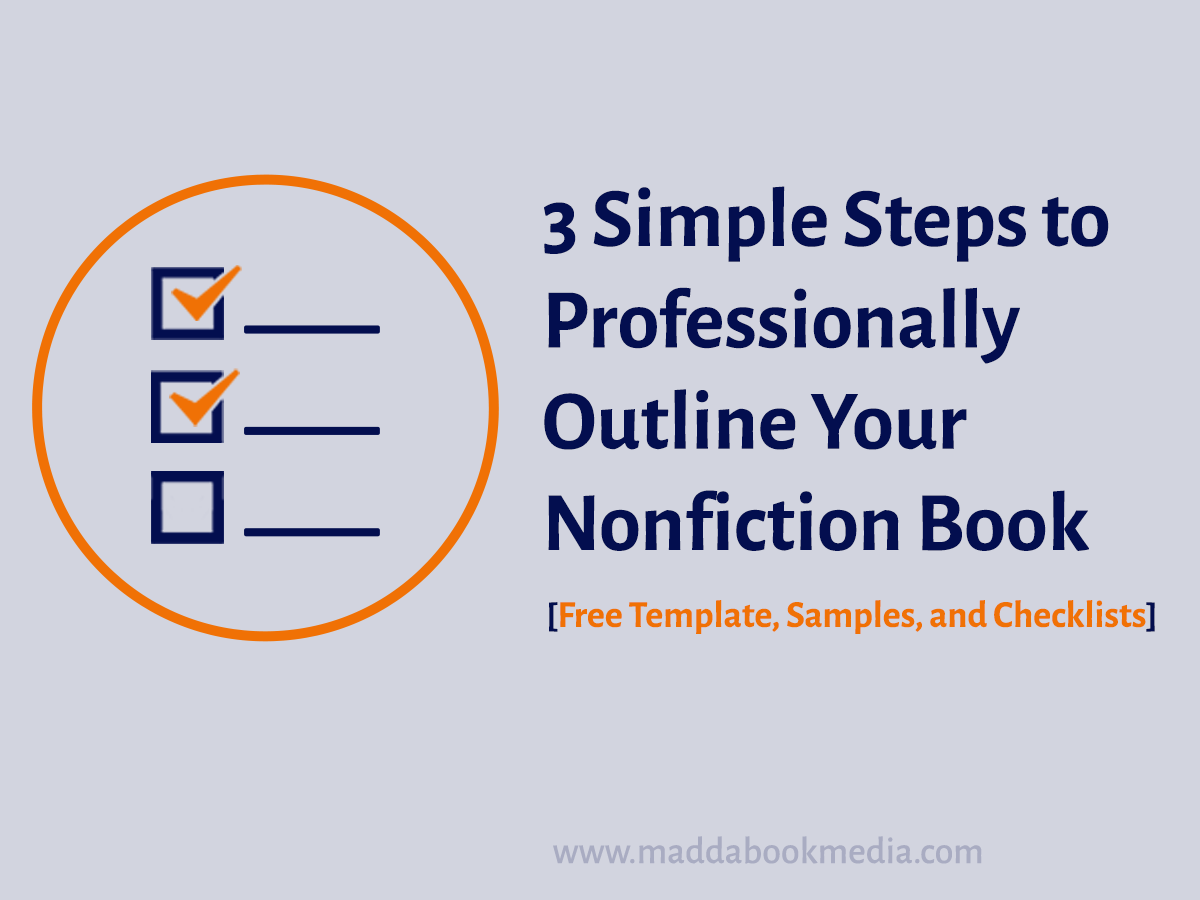Book writing and publishing are all about decision-making, just as we usually make decisions when we plan.
The #1 worst mistake first-time authors make is venturing into their book journey without a map to guide them. You might end up quitting somewhere in the middle of the road.
Writing and publishing a book can bring an author into a wide-open sea of dream-come-true possibilities.
On this sea, while still writing, two things could happen.
The author could get beaten by the winds and wave-tossed until they quit.
Alternatively, they could take the sail, like an expert captain, use the map, and bring the ship to its intended destination.
The benefits that a published book holds and the status of published author offer substantial gain.
But beautiful and exciting as these prospects seem, they remain in the dreams of many seeking to do a book.
This problem is because they don’t figure out the map they need to complete the journey leading to a book.
That’s why you’re reading this post.
When authors have a clear plan to follow, what to write always flows clearly and easily.
Writer’s block is essentially a lack of clarity, and you can solve for clarity and flow simply by using an excellent structure for getting your book done.
Do you constantly ask: is this chapter done? Should I stop or continue writing? Is my manuscript good enough? How can I better sound my message and organize my thoughts and ideas?
You’re not alone. We’ve seen dozens of authors paralyzed with such fears. And, hundred percent of the time, a well-done book outline and structure solves them all.
Here, you will learn why you need to plan your book before writing it out. You will also know the benefits that book outlining adds to your project.
Then, in my next posts on the Book Outline series, I’ll walk you through planning and sketching a nonfiction book step-by-step.
As we delve into this post’s meat, I’ll say this right off the bat: a perfect plan isn’t a guarantee that you will write your book. Except you act on what you outlined, your well-designed strategy will not execute itself.
That said, the goal of planning is to act. Without action, your plan is, at best, what it is—just a piece of paper. The same goes for a book outline.
Contrary to what most people believe, writing a book is about thought organization—not about creativity. Most people think you will have a book once you can imagine a great idea.
Creativity is usually what fiction writers need the most since their work is essentially from imagination. But, in nonfiction, you’re working on a subject, problem, or case study where you already have experience.
Thus, what you’re mostly doing isn’t creating content, in that sense. You’re essentially organizing thoughts and ideas around a purpose: to solve the reader’s need.
Fiction is mostly about creativity. Nonfiction is mostly about thought organization.
Your book outline is where you design or organize what your book will look like.
Outlining transforms your operation from guesswork or hit-and-miss creativity to a reliable method of book craft.
Here’s the truth, you don’t need creativity that much; instead, you need a clear map and the discipline to act.
And my favorite part about outlining is that it is entirely learnable, and you can master it. Planning and making an outline solves some fundamental issues such as:
- Lack of clarity of purpose and approach
- Accountability structure
- It is a sure weapon for defeating procrastination, stalling, indecision, and author fears.
Also, keep in mind that your book outline is only a guide, and it is not a rigid rule that you can’t break. You are your book’s creator.
Whenever you find that one part isn’t working, you are always free to tweak it, redo it, or overhaul that part entirely if need be.
Book writing is a journey that needs both a map and a spirit of adventure.
A Good Book Outline
A good book plan doesn’t have all parts figured out in advance. The fear of having all the answers before launching out on the first step is responsible for creative paralysis and inaction.
It makes authors stall and defer their work while offering seemingly reasonable excuses for inactivity.
The above fact means that your outline doesn’t have to have all the answers and steps in your book process figured out.
Starting with clear answers to the fundamental questions is good enough, and most times, the remaining solution gets settled along the way.
Further, outlining is only valuable when accompanied by action. An excellent outline guides performance and effort; it is not an excuse for stalling.
PRO TIP: Aside from your outline, getting expert guidance while planning and executing your book project can be the most significant advantage. Madda is a reputable book company that has helped hundreds of authors reach the end of their manuscript and to publishing.
Put merely, an outline works in book projects much like planning works in business. Failure to plan could equal planning to fail.
Due to fear or lack of clarity, most people skip the outline phase because they’re eager to start chapter one. But that will not help any author.
Such an unplanned approach leads to a rabbit hole or falling into a mental blankness where they can’t figure out what to do next or right.
And before they know it… it’s ten years already, and they’ve still not written that book.
We once encountered an author who stalled for over a decade because he got paralyzed by author fears. As of this writing (January 2022), he was prepping for his second book.
What do you think changed? You guessed it: we stepped in.
Why book outline?
Outlines are for guided action. Also, outlines help you channel your creativity.
Before you thought about writing a book, something led to that.
You probably desired to achieve a specific goal—like more media visibility, lead generation, impact more people in your field of influence, get more clients, solve a particular problem for your reading audience, amplify your reach, or become a thought leader.
According to Forbes, book writing and publishing is the single, most powerful, game-changing decision entrepreneurs and business experts could make.
Writing an excellent book that hits will mark you off from your competition. And it will signal to your potential leads that you’re the man for the job.
So, now, you have thought it through. And you have concluded, I’m going to write that book. And I am doing it the right way and right now. Then you clear your schedule and sit down to say or type a few words for a start.
But you have no clue where to begin. Then you start thinking, how am I sure this title is even great at all? Do I even have enough knowledge to fill up an entire book?
And the list of worries is already getting longer than the draft you started writing.
There’s a solution.
You only need to know the right way to begin the book writing process. There are many steps to a published book, and not knowing what to start with could cause a paralyzing fear.
The outline is the best place to begin a hundred percent of the time.
The outline is the first step to writing a book.
At Madda, we tell authors who come to us that the outline is the plan you make for your book, and it is where you answer the fundamental questions about the project.
Answer why you’re writing a book in the first place, what you plan to write about, and the goals you want to achieve when you’re published.
Also, answer whom you’re writing for, the category of people you want to impact or reach with your message.
Once you have a clear answer for the what, why, and who, you have started the book itself, you only need to decide on the best approach of reaching your specific audience with your particular message (the how).
And to do this, Madda Blog has how-to posts to walk you through all the crucial decisions.
So, the why for book outlining is that:
- It is the only way to guarantee guided and successful execution.
- It is how to properly organize our thoughts for clarity and precision for maximum impact on the audience.
- Also, your outline helps you avoid amateurish, trial-and-error creativity by helping you channel your imagination intentionally and accurately.
Things to Note About a Correctly Done Outline
- A good book outline guides execution. Outlines are not an excuse for stalling the actual commencement of writing, and it should not result in delay or procrastination to come up with the perfect plan—answering questions like what, why, who, and how is suitable for a start.
- Outlines help us stay committed to the process and accountable to the plan. Publishing a book is a fascinating and rewarding prospect. But writing the book can be a terrifying and challenging process. Outlines are where we document our plans for when issues arise.
- A good outline is detailed enough to serve as both a map and a compass for the journey while providing enough space for the surprise adventures that litter along the path. Your book outline ensures you’re not traveling blindly.
- Almost all book writing problems are clarity-based. Books don’t jump through the sky into an author’s mind. It’s already sitting in there. Your job as an author is to clarify the message. And discipline will help you to bring it out.
Writing a book consists of two sides: the creative and the analytical. The third side would be the commercial.
The creative part is about the beauty of your thoughts on paper. Refined expressions are good but are also the least you should worry about.
The analysis aspect is about honing and organizing your message around the best structure for reaching your specific audience. At Madda, we sum both creative and analytical sides in this phrase: clear thinking.
In writing, analytics is about structure, coherence, sequence, flow, and logic. And a book is clear thinking on paper. While everyone can think independently, effective communication comes from clarity and organization.
Good news: this process is learnable.
Every aspect of writing involves creative and analytical inputs. Keep this paradigm in mind. Logic and creativity aren’t in conflict; reason helps you identify and adequately channel your best creativity for your target audience.
When you plan a book outline, the point is not to design the perfect structure or see the end from the beginning but to organize your work best as possible.
Frequently Asked Questions About Book Outlines
- “What if I don’t have all the details just yet?” Well, then, you’re in good company. So do all the writers and authors we know. The most advanced authors do not know all the details immediately. Just start with a basic structure: the what, who, why.
- “I know someone who never plans their writing; they just do it.” Yes, and they probably haven’t written a book or a good one. All good books were planned, either intuitively (in the author and editor’s minds) or mechanically (following a set structure on paper).
- “Doesn’t outlining inhibit my flow?” Actually, it does the opposite. While your imagination is like the building concept in your mind, you have to plan and organize it on paper; that’s how you guarantee it will look its best.
Finally, creativity or imagination is conceptual, and it has to do with the ideas, concepts, and content.
On the other hand, analytics is structural, and it enables you to organize your thought. Analytics is also about guided execution: the process of guaranteeing you’re starting and finishing your book the right way.
So book outlining is about channeled creativity or clear thinking; it is about organizing your thoughts. And it guarantees successful accomplishing.
Learn the how-to of a nonfiction book outlining with a template in the following posts.
Download a professional template at the end of the book outline series.
Join our book clarity coaching call to identify your book-worthy idea—schedule a free consult here.




